 Crime Drama | Representation
Crime Drama | Representation

 Crime Drama | Representation
Crime Drama | Representation
Luther could draw you to talk about the following. Click on each word to examine further.
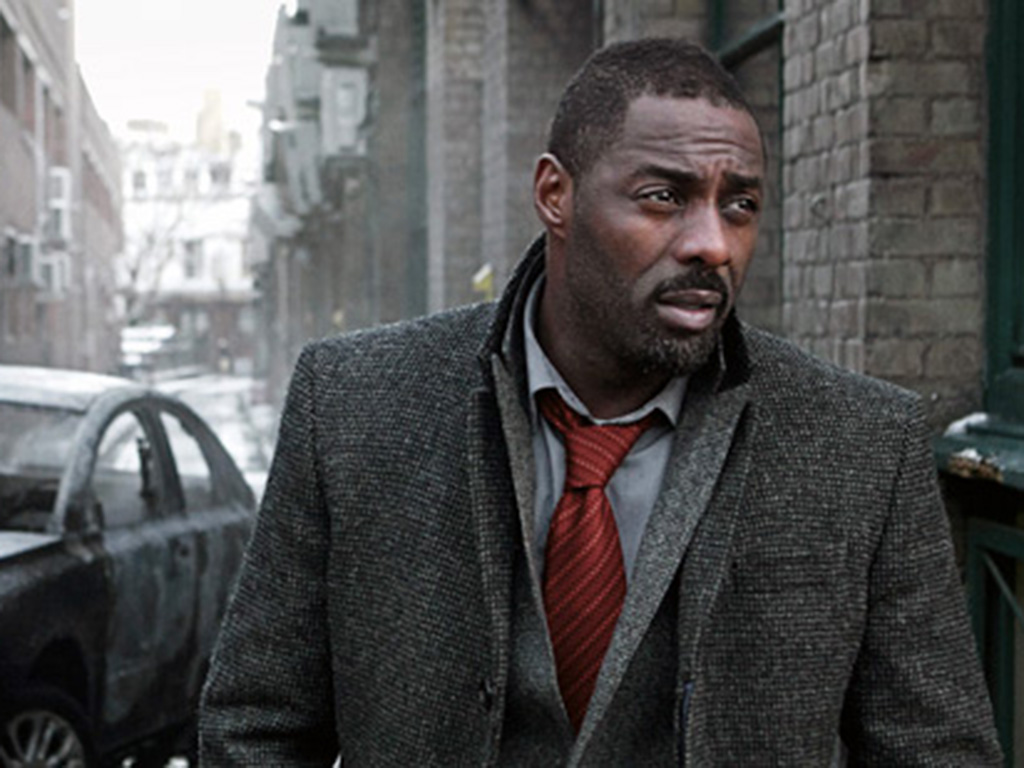

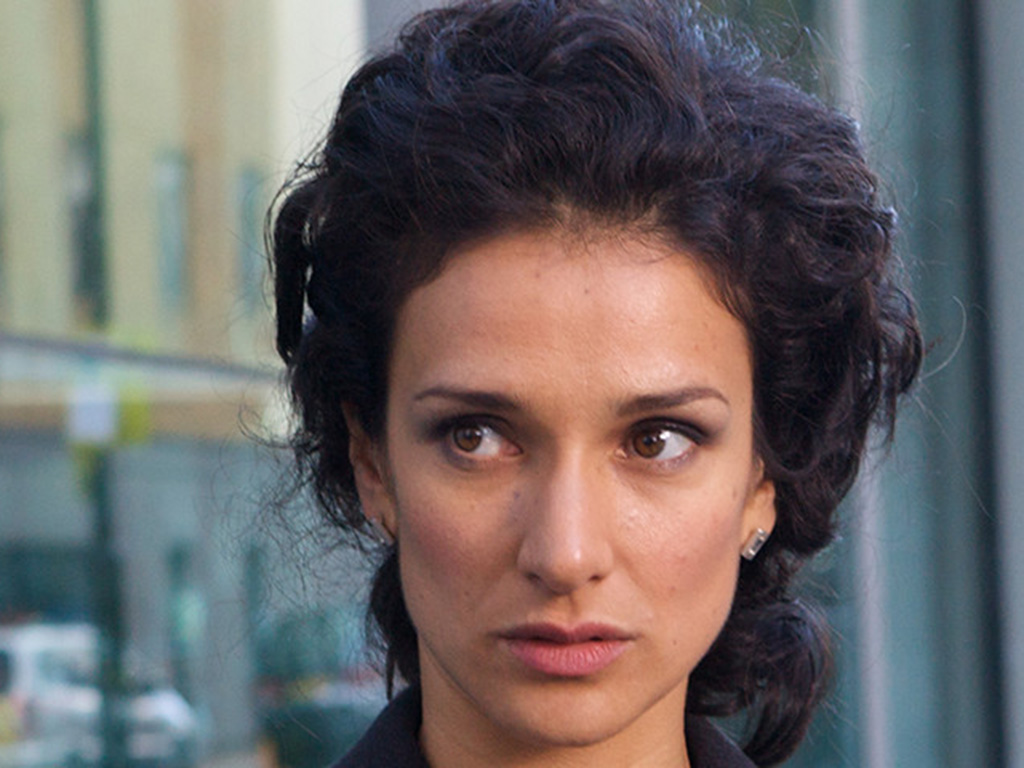
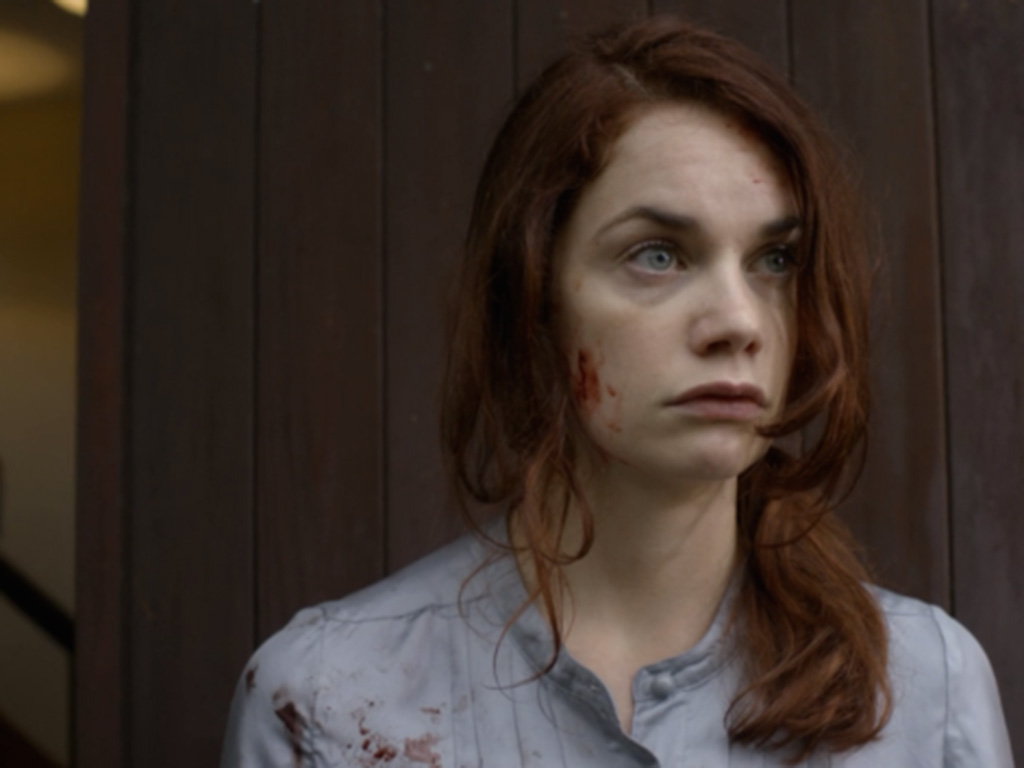
Luther, from the very outset, challenges the stereotypical representations of black men in Crime Dramas.
The opening sequence relies heavily on a negative representation as the audience might be tricked into thinking Luther himself is the criminal who is chasing the white character in the suit. Crime Dramas have historically negatively portrayed black males as the villain being chased down by white detectives.
Luther’s unconventional approaches to solving crime may be picking up on some of these tropes; suggesting he challenges expectations of a detective.
The actress Indira Varma, who plays Zoe Luther, has a diverse ethnic background and this plays no role in the ethnic representation of her character; possibly this shows how contemporary the programme is in its handling of the representation of key characters.
With both of the key villains of the episode being of the caucasian/white ethnicity it possibly shows a progression in the management of stereotypes.
Hint2: Lorem ipsum dolor sit amet, consectetur adipisicing elit. Modi est praesentium earum exercitationem, accusantium molestiae asperiores reiciendis aliquam doloribus, delectus, cumque odio omnis rem, aliquid et. Quisquam eius, incidunt ab.



Luther, gives a very mixed view of masculinity with alpha-male Luther going through a rollercoaster of emotions during the episode.
The vulnerability of his psychological state is directly contrasted by his treatment of his wife in her office and at their house. The aggression and unstable behaviour supports the negative representation of male characters who struggle getting their own way.
The police station is primarily full of male police officers; only being subverted by the most senior person being the female character Rose Teller; this is later further undermined by her being challenged by a senior male character who the audience have limited knowledge about.
Justin Ripley arrives in the narrative as a new sidekick who has idolised and been in admiration of Luther for a long time. This is a character who doesn’t necessarily worry about the masculine tropes he should be presenting when admitting his want for Luther’s partnership.
The masculinity of Luther clearly has a weak spot; this is the feminine controls of the characters of Alice, Zoe and Rose who all serve to undermine a different element of his masculine portrayal.
As the series continues the different versions of masculinity are explored further through DCI Reed who is flawed through corruption and Mark North, Zoe’s boyfriend, who shows a more modern and gentle approach to masculinity.
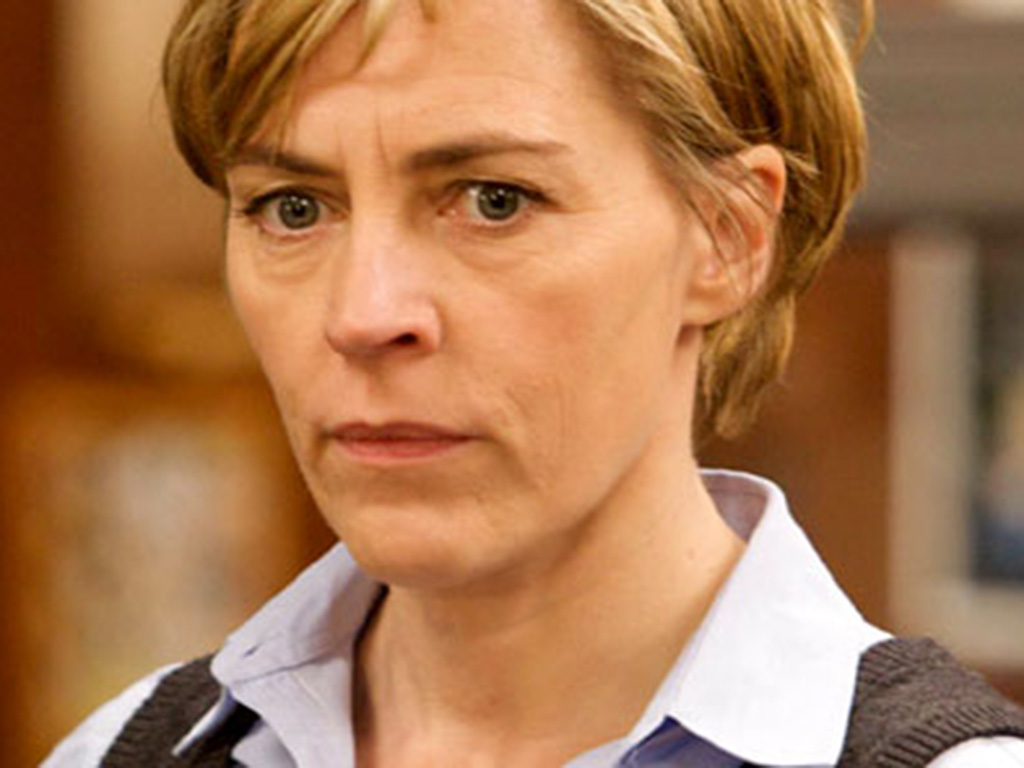


Alice Morgan manages to both support and challenge the ideological and typical representations of femininity in the episode.
The vulnerable victim appears first; trembling, scared and lost as she exits her house before transforming into the calm and collected character answering Luther’s questions in the interview room. It is the very interaction between Alice and Morgan that propels her to explore the many dark parts of her personality and subverts our expectations of a female character into a powerful and manipulative villain.
DSU Teller brings us the powerful authoritative and heroic woman, in charge of many male characters; but could it be suggested that many of her mannerisms and even dialogue carries many tough masculine traits, developed through a career of working as ‘one of the lads’. Her authority is later challenged by a male character who we know very little about, but suggests that Rose is not as autonomous as we first believe.
Zoe Luther is by far the most negatively represented female character; vulnerable, weak and driven by romance and the need for a man in her life. She has a high-powered job role, but the fact that it is a ‘humanitarian-lawyer’ arguably projects a much more caring and nurturing side to her personality.
The flaws of each character’s femininity are key narrative components that drive the development in the episode and beyond through the rest of the series.
Hint2: Lorem ipsum dolor sit amet, consectetur adipisicing elit. Modi est praesentium earum exercitationem, accusantium molestiae asperiores reiciendis aliquam doloribus, delectus, cumque odio omnis rem, aliquid et. Quisquam eius, incidunt ab.

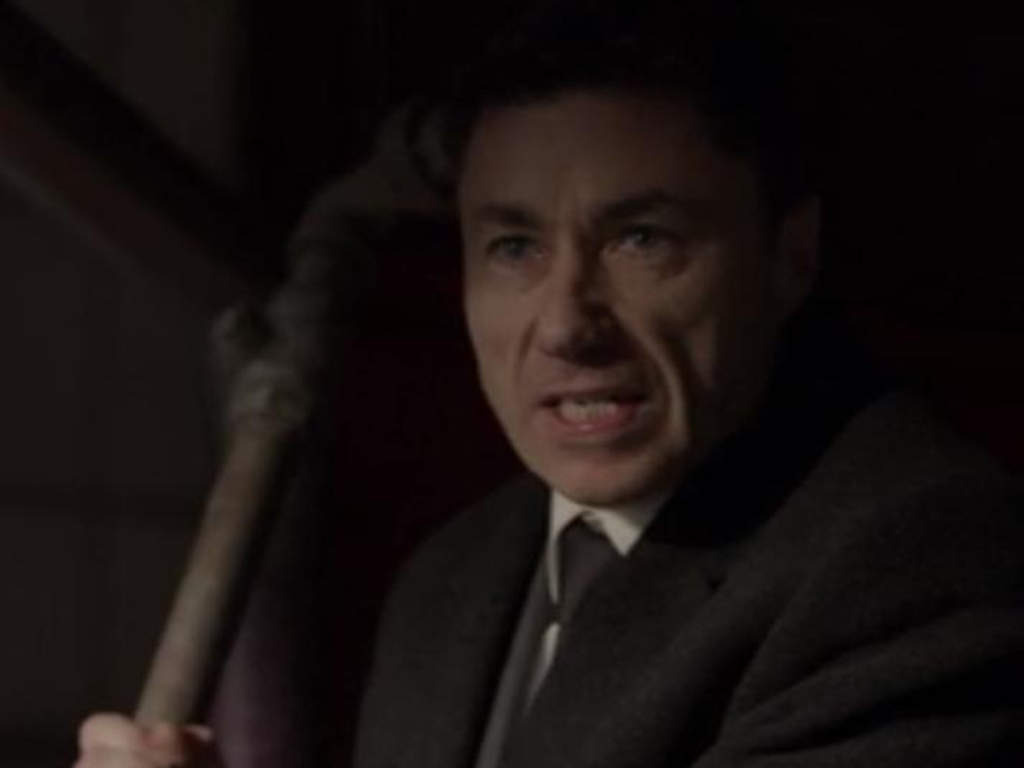
In Luther we have multiple representations of the dark side of crime with a focus on the more serious offences. The detectives are seen to deal with incidents such as serial killers, murderers and armed robberies.
There is a distinct lack of procedural elements (uniformed officers, forensics etc.) being shown in the episode as the director clearly believes the best dramatic conflict comes from the relationships between the key characters.
Luther, as the central protagonist, is fundamentally flawed and seems to regularly go against what is expected from a detective.
DSU Rose Teller acts as the calm, steady influence in his life; regularly referencing the legal ramifications of his decisions to try and keep him in line and encourage him to do things correctly.
Luther’s own colleagues seem to suspect him of bending the rules with regards to how he carries out justice.
The opening sequence allows the audience to see that Luther, while fundamentally wanting to stop criminals, is taking to whatever measures necessary to protect and save those who are vulnerable.
Hint2: Lorem ipsum dolor sit amet, consectetur adipisicing elit. Modi est praesentium earum exercitationem, accusantium molestiae asperiores reiciendis aliquam doloribus, delectus, cumque odio omnis rem, aliquid et. Quisquam eius, incidunt ab.